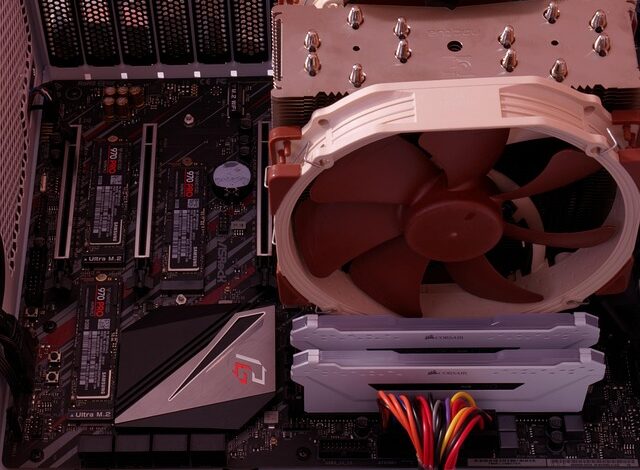Latest Technology News

Wireless Charging in Smartphones: Changing the Game
As technology continues to evolve at a rapid pace, one of the latest innovations making waves in the smartphone industry is wireless charging. Gone are the days of fiddling with cumbersome charging cables and searching for an available outlet—now, all you need is a compatible wireless charger and a smartphone that supports this convenient feature.

How Wireless Charging Works
Wireless charging, also known as inductive charging, utilizes electromagnetic fields to transfer power from the charging pad to the device. This process involves a transmitter coil in the charging pad and a receiver coil in the smartphone, which work together to create a magnetic field that transfers energy wirelessly. When the smartphone is placed on the charging pad, the coils align, and the charging begins.

One of the primary benefits of wireless charging is its convenience. With a wireless charger, users can simply drop their smartphone on the pad and let it charge without the need for any cables. This is especially useful for those who are constantly on the go and need a quick and easy way to top up their battery.

The Evolution of Wireless Charging
Wireless charging technology has come a long way since its inception. In the early days, wireless chargers were relatively slow and inefficient compared to traditional wired chargers. However, with advancements in technology, wireless charging speeds have improved significantly, making it a viable option for many smartphone users.

One of the key developments in wireless charging technology is the introduction of fast wireless charging. This feature allows smartphones to charge at a much faster rate than before, enabling users to top up their battery in a fraction of the time. As a result, more smartphone manufacturers are incorporating fast wireless charging capabilities into their devices, giving users the option to charge their smartphones quickly and conveniently.

The Impact on Smartphone Design
Wireless charging technology has also had a significant impact on smartphone design. In the past, manufacturers had to include charging ports on their devices, which often added bulk and complexity to the design. With wireless charging, however, smartphones can be designed with sleeker and more streamlined profiles, as there is no longer a need for charging ports.

Additionally, the inclusion of wireless charging in smartphones has opened up new possibilities for design innovation. For example, some manufacturers have integrated wireless charging coils into the backs of their devices, allowing users to charge their smartphones by simply placing them on a compatible surface. This not only simplifies the charging process but also adds a touch of elegance to the overall design.

Future Trends in Wireless Charging
Looking ahead, the future of wireless charging looks promising. As technology continues to advance, we can expect to see even faster charging speeds, improved efficiency, and greater compatibility with a wider range of devices. In addition, wireless charging may also become more prevalent in other electronic devices, such as laptops, smartwatches, and even electric vehicles.

Overall, wireless charging has the potential to revolutionize the way we power our devices, offering a convenient and efficient alternative to traditional wired charging. With its many benefits and ongoing advancements, wireless charging is sure to play a significant role in the future of technology.

Stay tuned for the latest updates and innovations in wireless charging technology as it continues to change the game in the smartphone industry.

